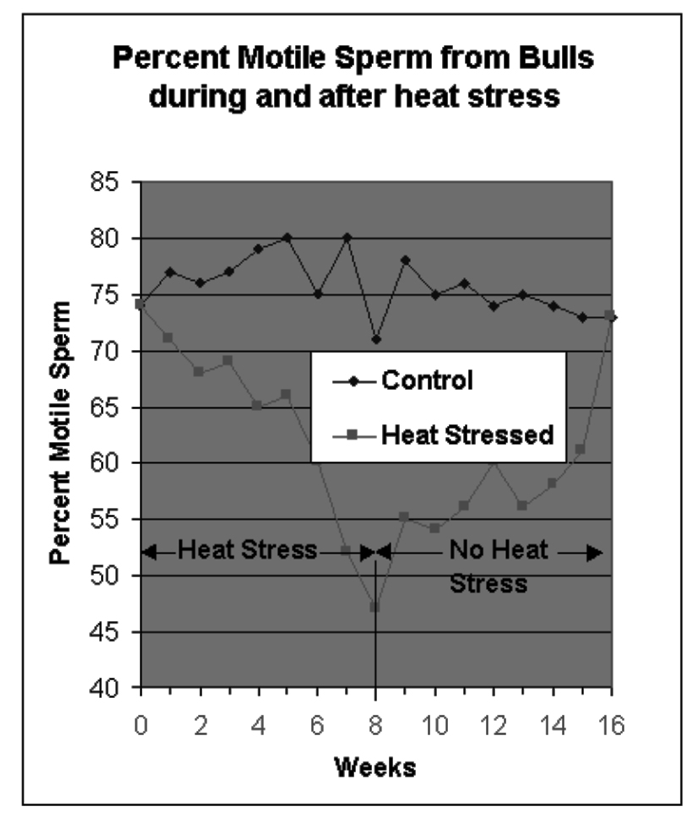
I talked about vesicular stomatitis in this column a few weeks ago. At that time, the only reported cases were in Colorado, New Mexico, and distant points in Texas. Well, as you will notice in the comments below from Dr. Rod Hall, Sate Veterinarian – Oklahoma Department of Agriculture, Food & Forestry, a recent case was confirmed in the Wichita Falls area.
“Vesicular Stomatitis is continuing to spread. Texas has reported a case in Wichita Falls so it is knocking on Oklahoma’s door. Please continue to be aware of the symptoms and report any suspicious cases in horses or livestock to us. The link below to the situation reports is currently linked to the report from 7/11/19 but the new one will be linked later today.
You can get a lot of information about the disease here: https://www.aphis.usda.gov/aphis/ourfocus/animalhealth/animal-disease-information/horse-disease-information/vs/vesicular-stomatitis . You can read the latest USDA Situation Report here: https://www.aphis.usda.gov/animal_health/downloads/animal_diseases/vsv/sitrep-7-11-19.pdf .
Please make your clients aware that livestock or horses traveling from a County that has had VSV diagnosed within the past 30 days (30) days or a county that contains a premises quarantined for vesicular stomatitis shall be accompanied by a certificate of veterinary inspection dated within five (5) days of entry containing the following statement: “All animals identified on this certificate of veterinary inspection have been examined and found to be free from signs of vesicular stomatitis and have not originated from a premise which is under quarantine for vesicular stomatitis.”
You can find a copy of our VSV Rule here: http://www.ag.ok.gov/ais/VesicularStomatitis.htm
Please be on the lookout for symptoms of the disease and let us know if you see livestock or horses with symptoms.”
The Impact of Hot Weather on Bull Fertility
Previously in this column I shared a discussion of the impact of high-pressure heat domes on cattle reproductive performance in the mid to late summer in Oklahoma. Now let’s look at the effect of heat stress on each side of the reproduction equation. First, we examine the impact on the male. Next week we will look at research on the heat stressed cow.
Several research trials have been conducted throughout the years looking at the effect of high temperatures on bull fertility. Certainly, that research has importance to many Oklahoma and Southern Plains cattlemen in the summer of 2019.
As far back as 1963, researchers exposed bulls to temperatures of 104 degrees F. and 54% humidity for an 8 period and then allowed the temperature to drop to 82 degrees F with 72% humidity for the remainder of the 24-hour period. This temperature regimen was continued for 7 days and was designed to resemble natural conditions in the subtropics. They found the high temperatures resulted in major detrimental effects on initial sperm motility, sperm concentration and total numbers of sperm per ejaculate. One cannot escape the conclusion that high ambient temperatures can result in detrimental effects on fertility by effects on both the cow and the bull.

Oklahoma scientists (Meyerhoeffer, et al.1985, Jour. of Anim. Sci. 60:352) placed bulls in controlled environments of 95 degrees F. for 8 hours and 87 degrees for the remaining 16 hours while similar bulls were placed in environments of 73 degrees constantly. These treatments were applied to the bulls for 8 weeks and then all bulls were allowed to be in the 73-degree environment for another 8 weeks. During the treatment the heat stressed bulls had rectal temperatures of 101.7 degrees F and non-stressed bulls had rectal temperatures of 100.8 degrees F. The percentage of motile sperm cells decreased significantly in the stressed bulls by 2 weeks of heat stress. See the graph below. Sperm motility did NOT return to normal values until 8 weeks after the end of the heat stress. This explains some of the reduction in fertility that is often associated with summer and early fall breedings and why late spring-calvers and early fall calvers often fall further and further behind in the desired 365-day calving interval.
Find out what’s happening on the Oklahoma Cooperative Extension Calendar at https://calendar.okstate.edu/oces/#/?i=2
Follow me on Facebook @ https://www.facebook.com/leland.mcdaniel
Oklahoma State University, in compliance with Title VI and VII of the Civil Rights Act of 1964, Executive Order 11246 as amended, and Title IX of the Education Amendments of 1972 (Higher Education Act), the Americans with Disabilities Act of 1990, and other federal and state laws and regulations, does not discriminate on the basis of race, color, national origin, genetic information, sex, age, sexual orientation, gender identity, religion, disability, or status as a veteran, in any of its policies, practices or procedures. This provision includes, but is not limited to admissions, employment, financial aid, and educational services. The Director of Equal Opportunity, 408 Whitehurst, OSU, Stillwater, OK 74078-1035; Phone 405-744-5371; email: eeo@okstate.edu has been designated to handle inquiries regarding non-discrimination policies. Any person who believes that discriminatory practices have been engaged in based on gender may discuss his or her concerns and file informal or formal complaints of possible violations of Title IX with OSU’s Title IX Coordinator 405-744-9154.